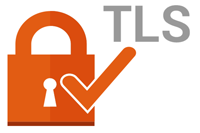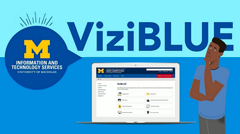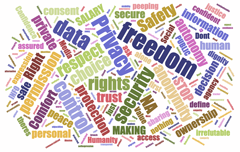CrowdStrike Falcon, an enhanced endpoint protection solution for laptops, desktops, and servers, provides antivirus, anti-malware, and advanced threat detection and mitigation capabilities, all of which provide even stronger protection against ransomware than previous tools. ITS Information Assurance (IA) is working with units across the UM-Ann Arbor, UM-Dearborn, and UM-Flint campuses to implement the new endpoint protection by the end of February (Michigan Medicine currently uses a different solution).
"The university has made great progress installing Enhanced Endpoint Protection powered by CrowdStrike Falcon on university-owned desktop computers, laptops, and servers, and I can't tell you how much I appreciate everyone's efforts so far," said Sol Bermann, chief information security officer and executive director of ITS IA.
"Installation of Falcon is critical to secure and protect U-M systems and data. Falcon has already detected or prevented a number of potentially serious incidents at U‑M," said Bermann. "Without CrowdStrike, those incidents could have been much, much worse. In short, this technology works."
ITS and the Crowdstrike Project Team are ready to help you complete your Falcon installation by the end of February. Contact them through the ITS Service Center.















